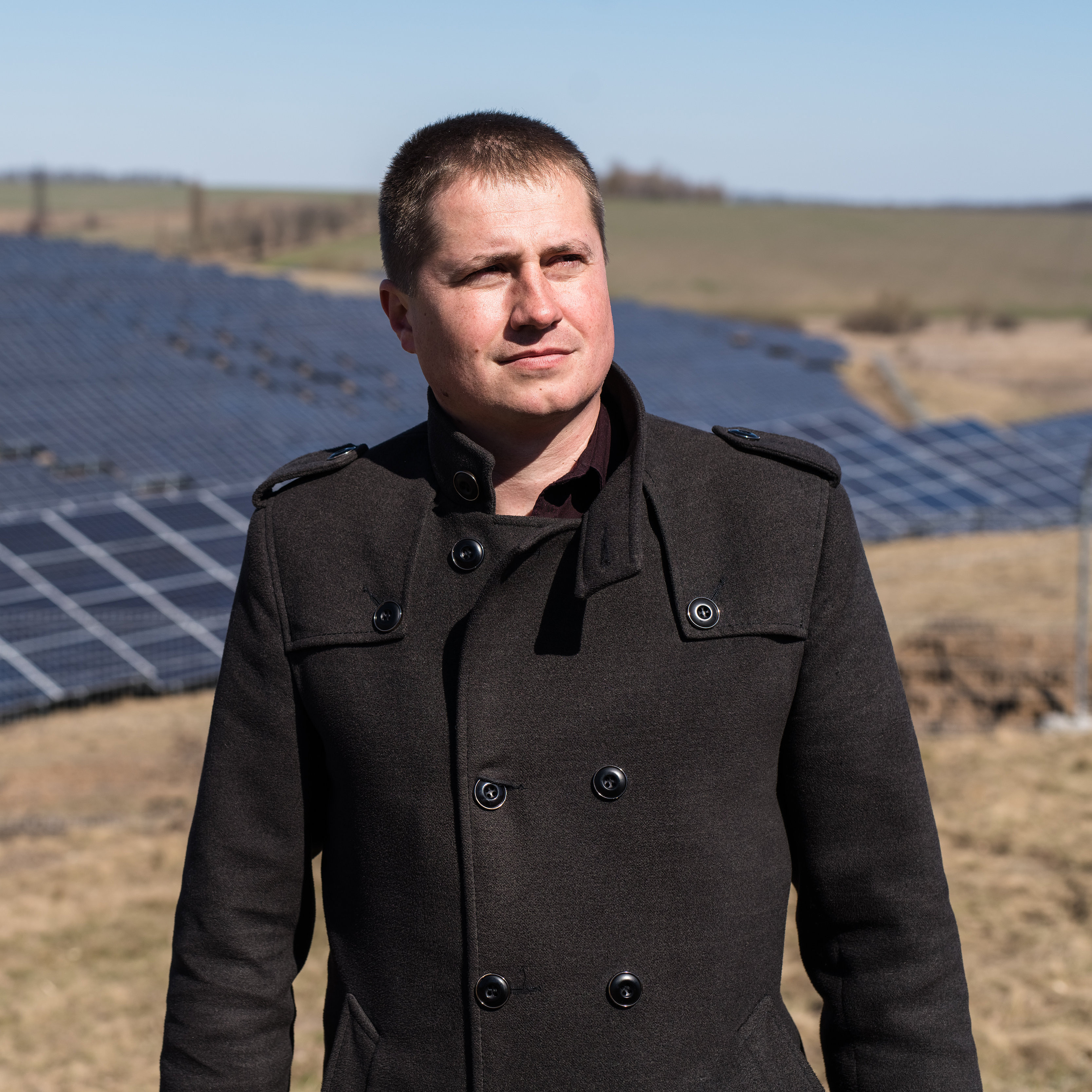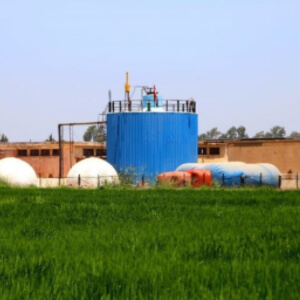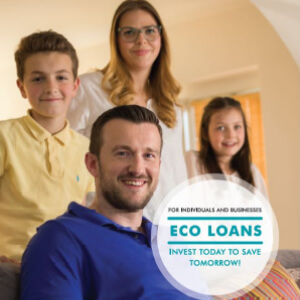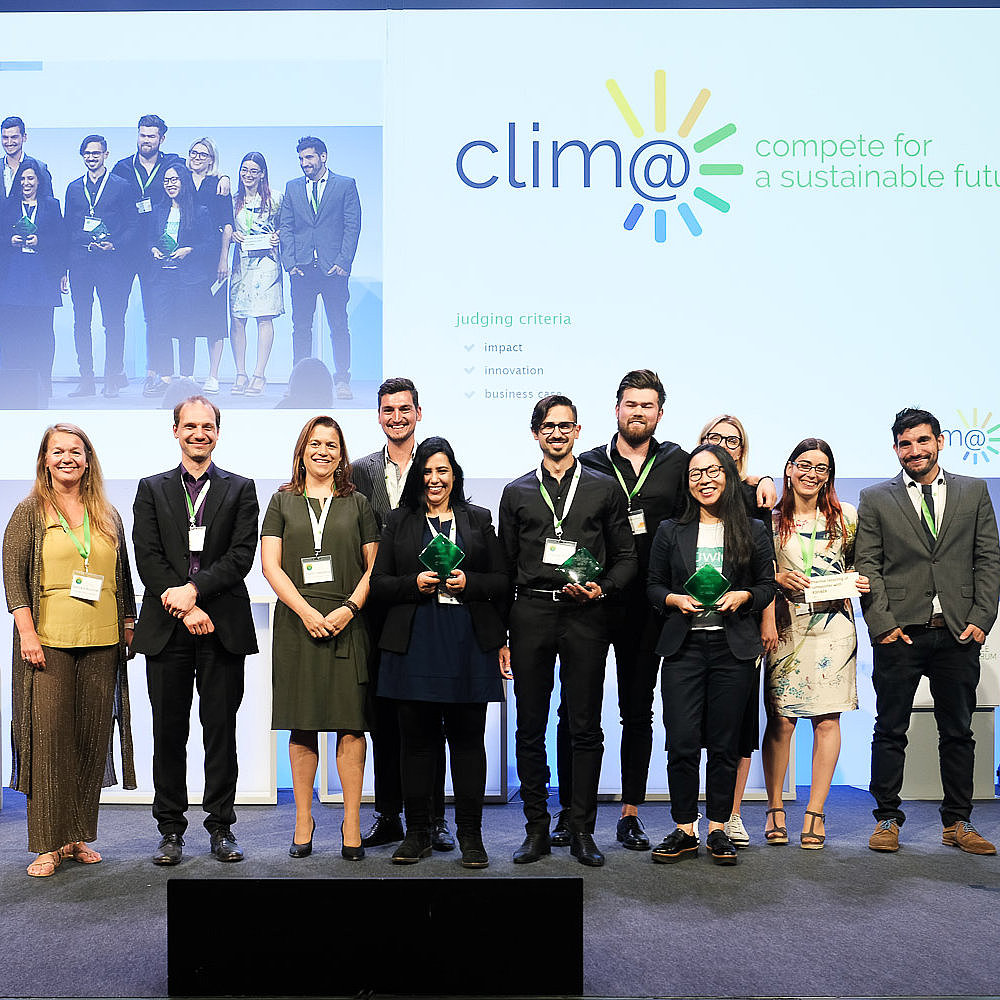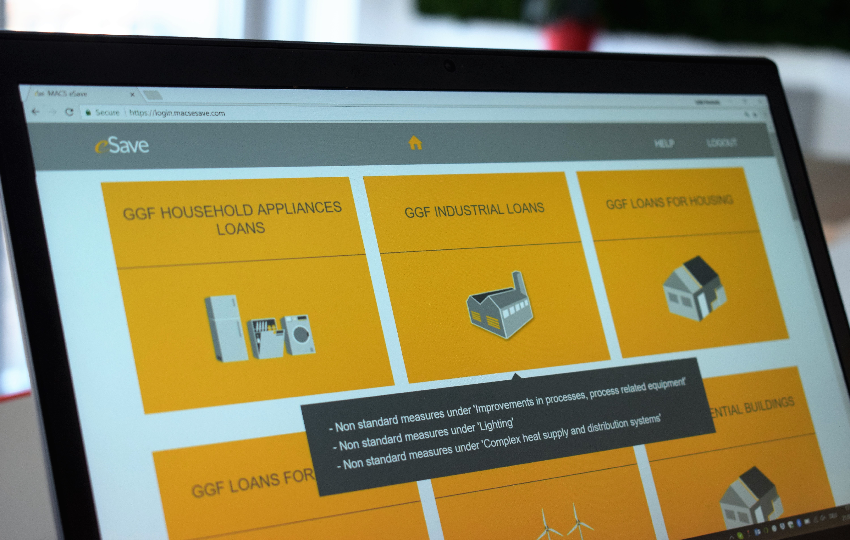We are pleased to share the GGF Impact Report for 2022 with you.
Throughout 2022, the fund remained steadfast in its commitment to the financial sector and end-borrowers in each of its markets.
The fund also successfully delivered environmental impact through energy savings and CO2 emissions reduction, with significant contributions from renewable energy projects in Southeast Europe and industrial efficiency measures in the Middle East and North Africa. In addition, the GGF’s flagship Deep Greening initiative also built further momentum throughout 2022 with five additional projects to green financial ecosystems in the EU Neighborhood.
Demonstrating the GGF’s commitment and providing active support at a critical time, the rapid crisis response to Russia’s war of aggression against Ukraine, unfolded in record time with 15 targeted projects to address urgent needs, ensure business continuity, and build resilience.
To read the full Impact Report, click here.












